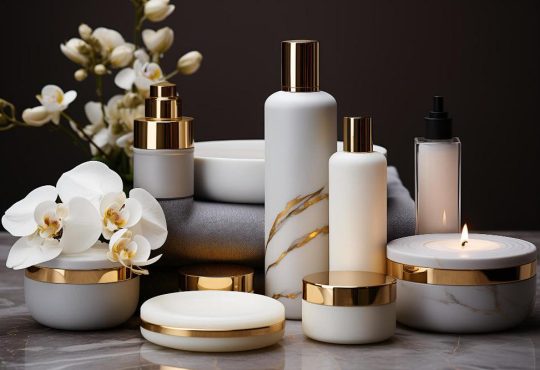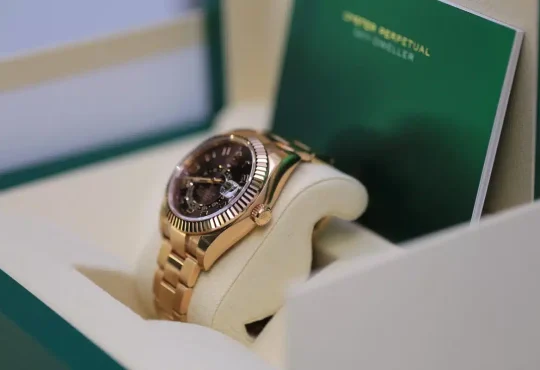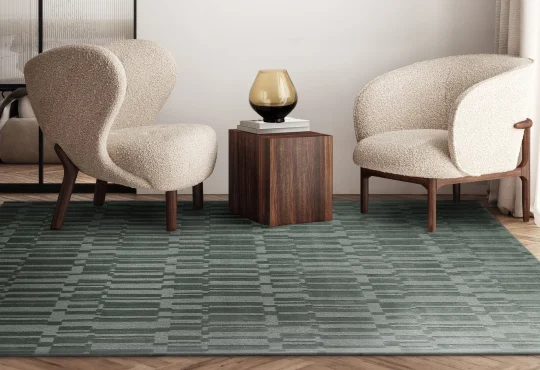Inclusive Beauty: The Push for Diverse Representation in the Cosmetics Market

Beauty comes in all shapes, sizes, and colors. However, for a long time, the cosmetics industry hasn’t reflected this diversity. The beauty standards set by the industry have been largely Eurocentric, leaving out people of color, those with disabilities, and other marginalized groups. But thankfully, times are changing, and there’s a push for more inclusive beauty.
Why Inclusive Beauty Matters
For years, the cosmetics industry has perpetuated a narrow and unrealistic beauty standard. The result is that people who don’t fit that mold feel excluded and invisible. This is particularly true for people of color, who have had to deal with inadequate shade ranges and representation in advertising. When you don’t see yourself reflected in the media or the products you use, it can be disheartening and alienating.
But inclusive beauty isn’t just about representation. It’s also about accessibility. For people with disabilities, finding products that work for them can be a challenge. The packaging, applicators, and formulas of many products aren’t designed with accessibility in mind. Inclusive beauty means creating products that are accessible to everyone, regardless of their abilities.
The Progress We’ve Made So Far
Thankfully, there has been progress in the push for inclusive beauty. Many brands have expanded their shade ranges to include more skin tones, and there are now more beauty products designed specifically for people with disabilities. In addition, there’s been a rise in the number of beauty campaigns featuring models of different ages, sizes, and abilities.
One notable example is Fenty Beauty, which was created by Rihanna and launched in 2017. The brand’s foundation range includes 50 shades, which is a significant improvement from the limited options available from other brands. Fenty Beauty’s success has shown that there is a demand for inclusive beauty products, and other brands are starting to take notice.
The Work We Still Need to Do
While there has been progress, there’s still a lot of work to be done. Many brands have only recently started to expand their shade ranges, and some still have a long way to go. In addition, representation in advertising is still an issue. While there are more campaigns featuring diverse models, there’s still a lack of representation for certain groups, such as people with disabilities.
Another issue is the lack of transparency from some brands. It’s not always clear how inclusive a brand is, or what steps they’re taking to improve accessibility. This lack of information makes it difficult for consumers to make informed choices about the products they buy.
What You Can Do to Support Inclusive Beauty
As consumers, we can play a part in supporting inclusive beauty. One way is to support brands that are committed to inclusivity. Do your research and choose brands that have a diverse range of shades and accessible packaging. You can also support campaigns that promote diverse representation in advertising.
Another way to support inclusive beauty is to use your voice. Share your thoughts on social media and let brands know that inclusivity matters to you. By speaking up, we can help create a cosmetics market that’s truly inclusive and accessible to all.
- Choose brands that have a diverse range of shades and accessible packaging
- Support campaigns that promote diverse representation in advertising
- Use your voice on social media to let brands know that inclusivity matters to you
Inclusive beauty is about more than just expanding shade ranges and featuring diverse models. It’s about creating a cosmetics market that’s accessible to everyone, regardless of their abilities or appearance. While there’s still work to be done, the progress we’ve made so far is a step in the right direction. By supporting brands that are committed to inclusivity and using our voices to advocate for change, we can help create a more inclusive and diverse cosmetics industry.








